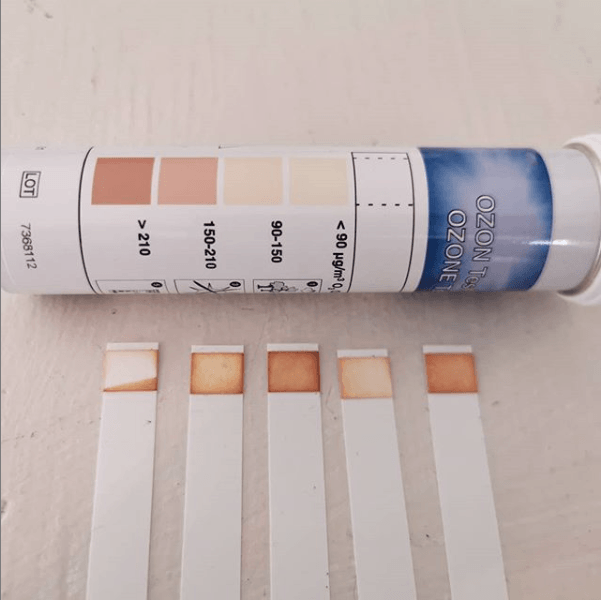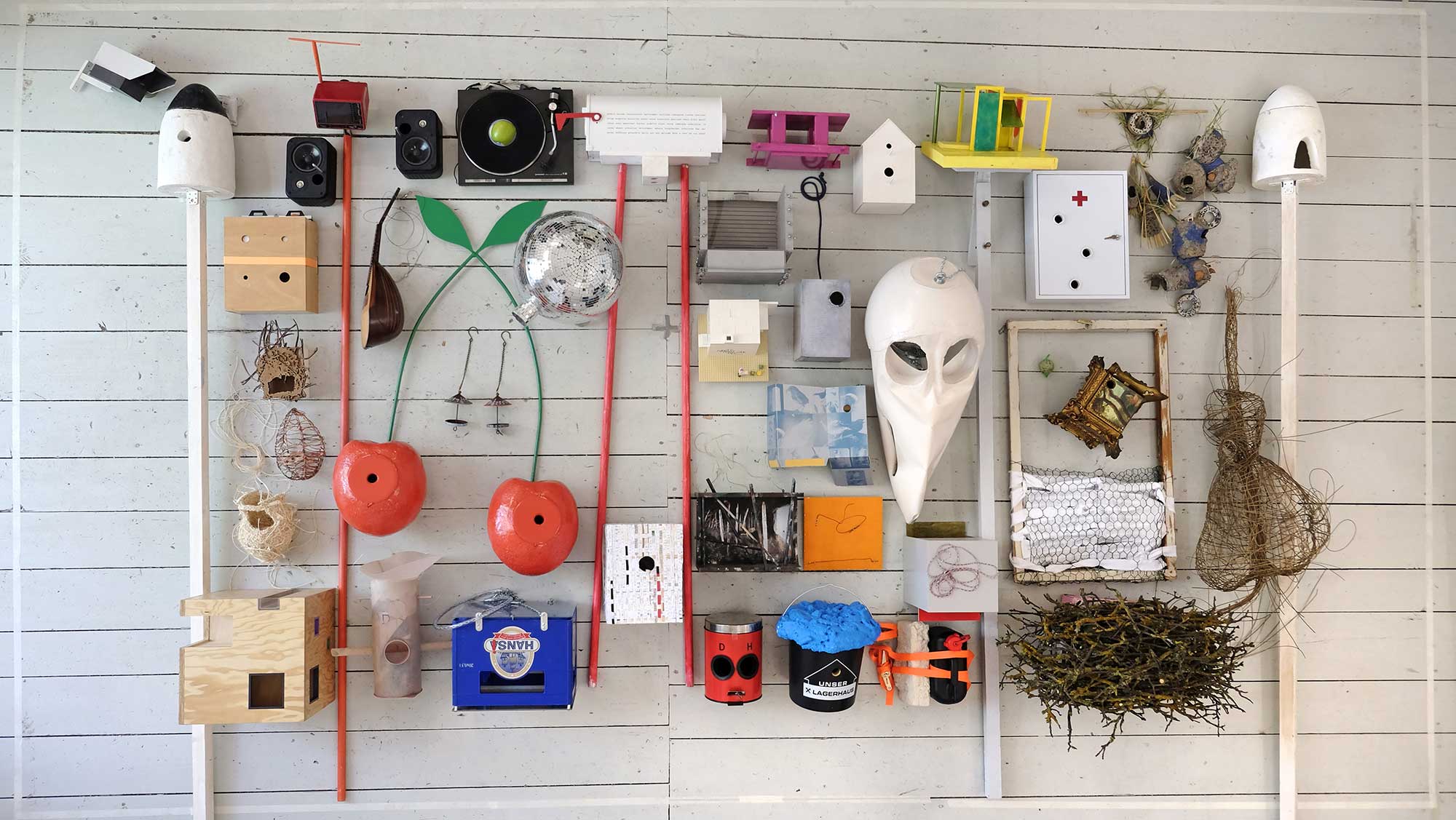
Autographic Visualization (IEEE VIS Paper)
Autographic Visualization (IEEE VIS Paper)

Data by Proxy — Material Traces as Autographic Visualizations
Per definition, data visualization can only begin when data exists. As a result, the process of data collection remains mostly hidden. Visualization methods are designed to reveal patterns in data; however, many public controversies are not about what is “in” the data, but about the circumstances of data collection.
Autographic visualization is a speculative counter-model to data visualization based on the premise that data are something material rather than something abstract and symbolic. The design operations of autographic visualization aim to set the conditions that allow material phenomena to reveal themselves — as physical traces or environmental indicators. The design of autographic or self-registering devices has a long history that is closely connected to the history of data visualization. Today, autographic visualization can be used to make the process of data collection more legible and accountable. The comparison between the two models allows probing the epistemic assumptions behind information visualization and uncovers linkages with the rich history of scientific visualization and trace reading.
link to IEEE VIS paper
VISAP pictorial































